Learning Bayes-optimal
dendritic opinion pooling
Jakob Jordan,
João Sacramento, Willem Wybo,
Mihai A. Petrovici* & Walter Senn*
Department of Physiology, University of Bern, Switzerland
Kirchhoff-Institute for Physics, Heidelberg University, Germany
Institute of Neuroinformatics, UZH / ETH Zurich, Switzerland
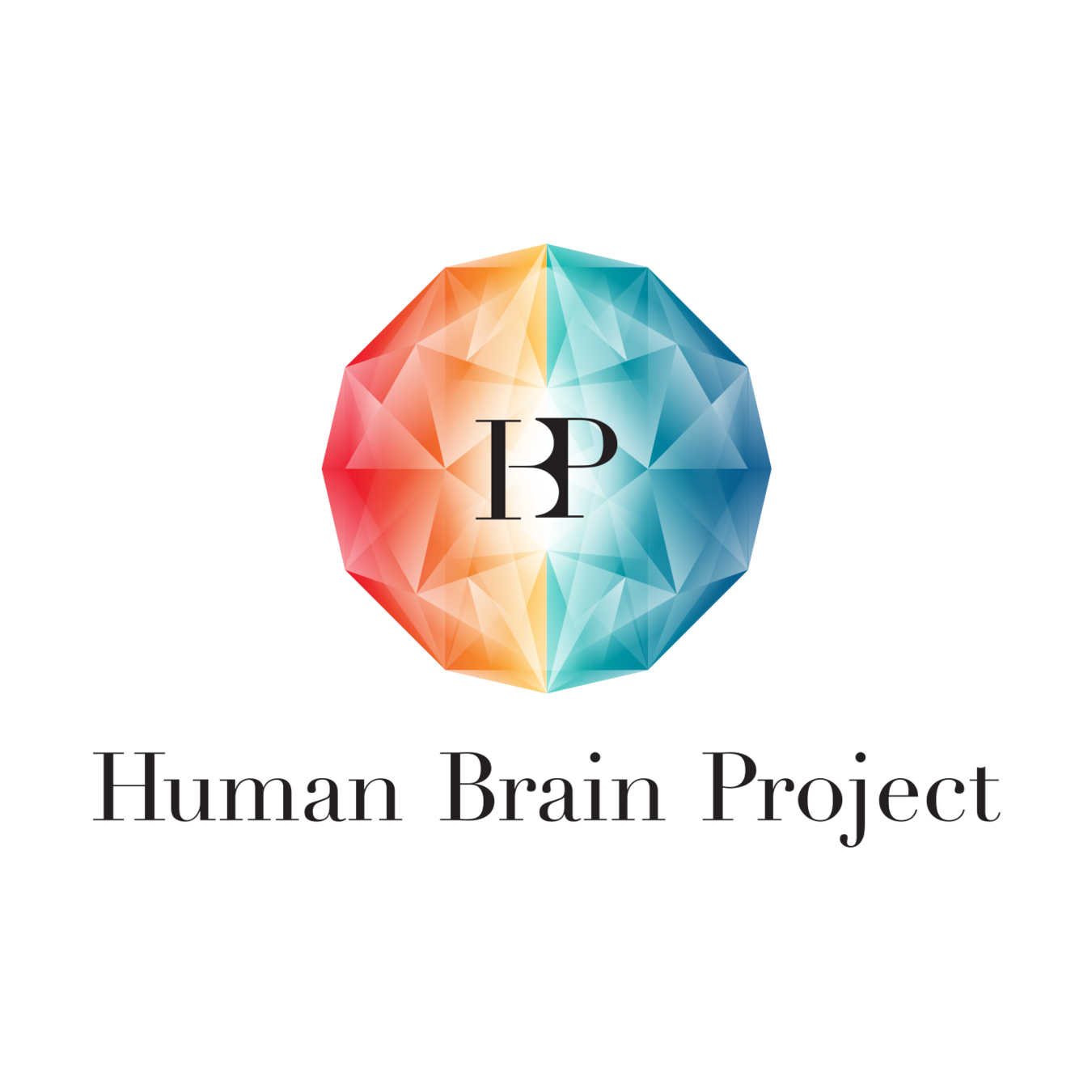


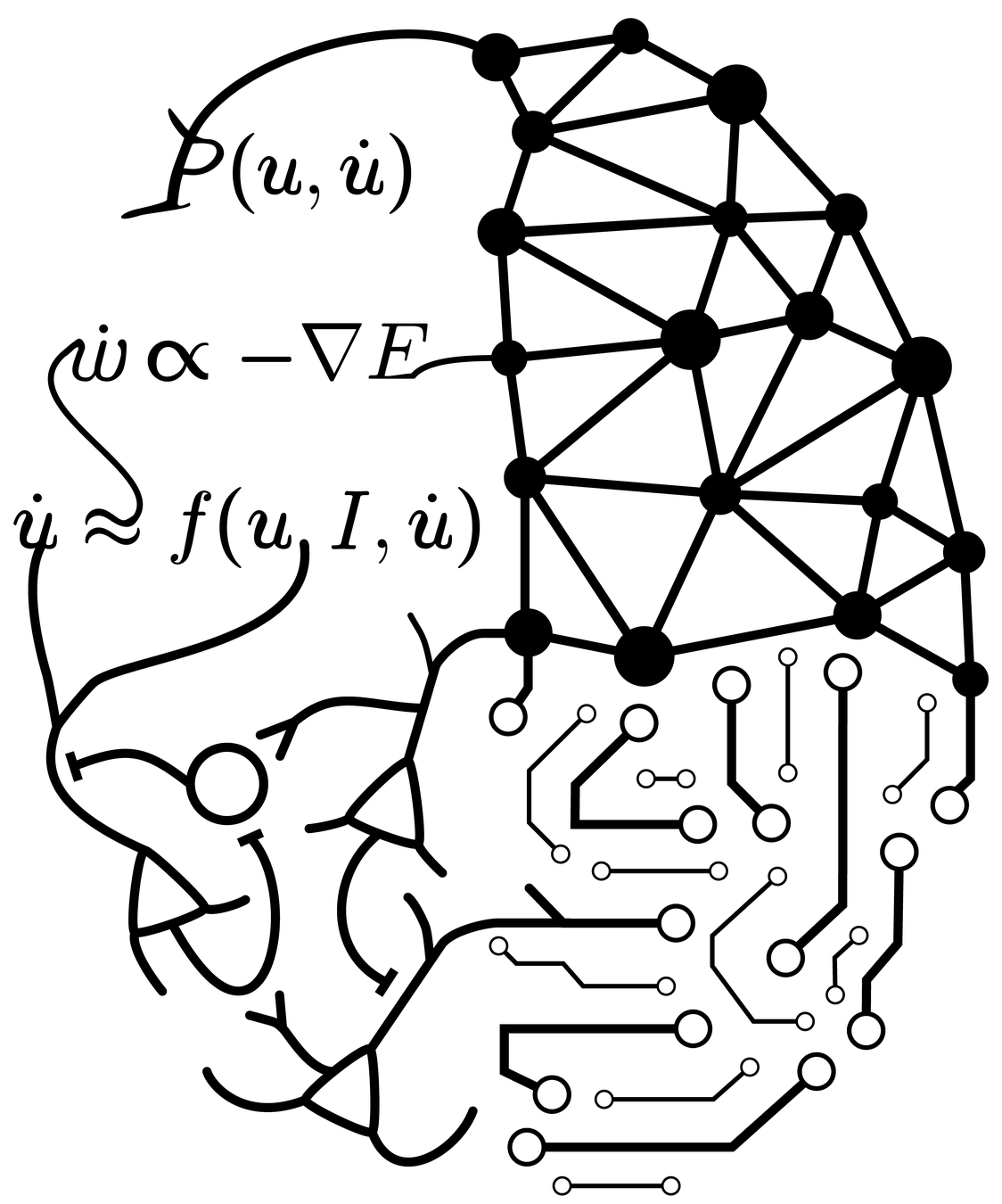

Cue integration is a fundamental computational principle of cortex

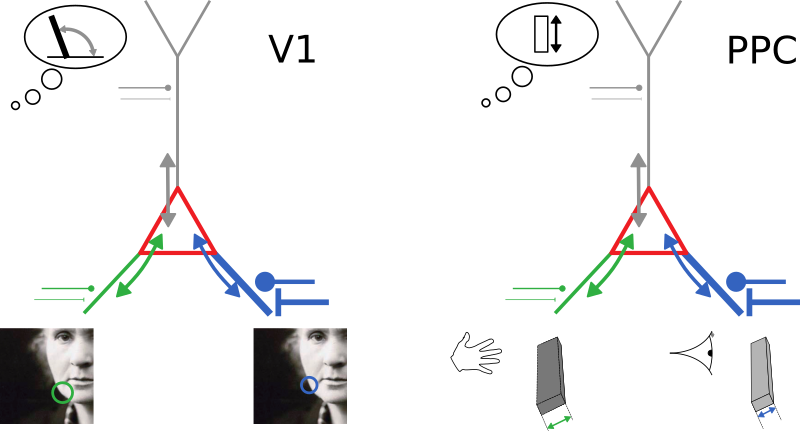
Neurons with conductance-based synapses
naturally implement probabilistic cue integration
An observation
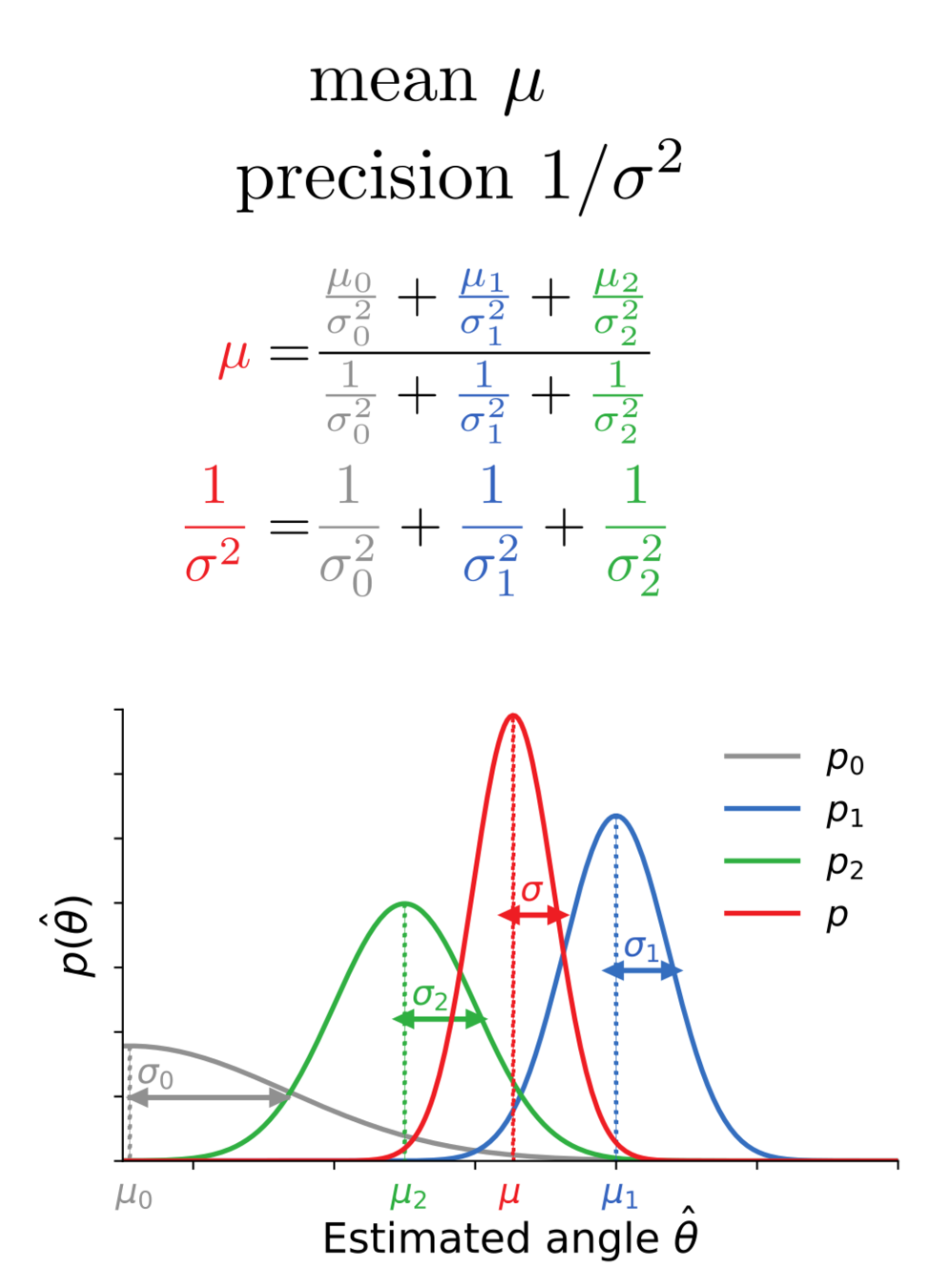
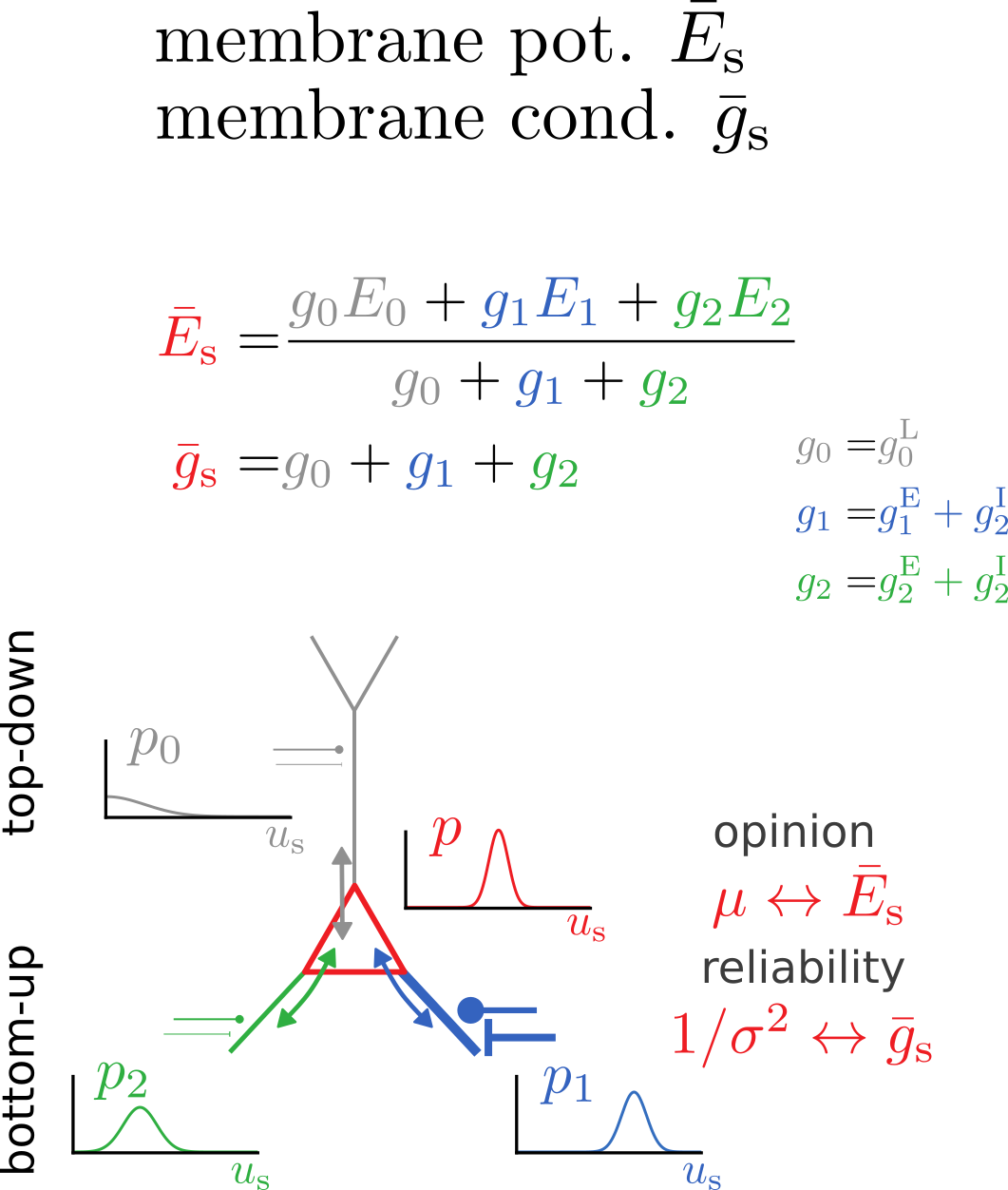
Bayes-optimal inference
Bidirectional voltage dynamics
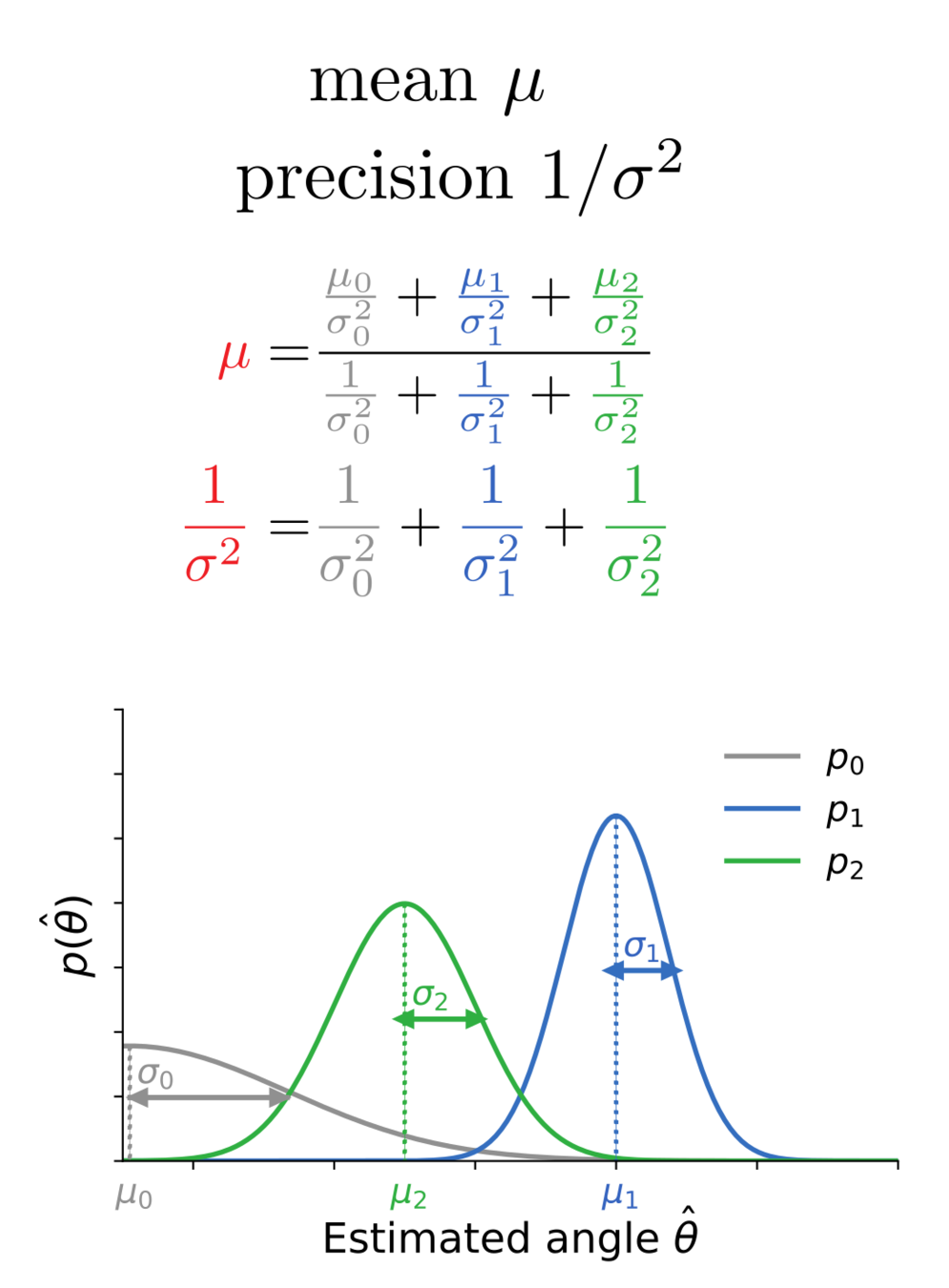
Membrane potential dynamics from noisy gradient ascent

Average membrane potentials
= reliability-weighted opinions
Membrane potential variance
= 1/total reliability
Synaptic plasticity from stochastic gradient ascent
Synaptic plasticity modifies excitatory/inhibitory synapses
- in approx. opposite directions to match the mean
- in identical directions to match the variance
\(u_\text{s}^*\): sample from target distribution \(p^*(u_\text{s})\)
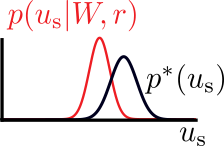
target
actual
Synaptic plasticity performs
error-correction and reliability matching
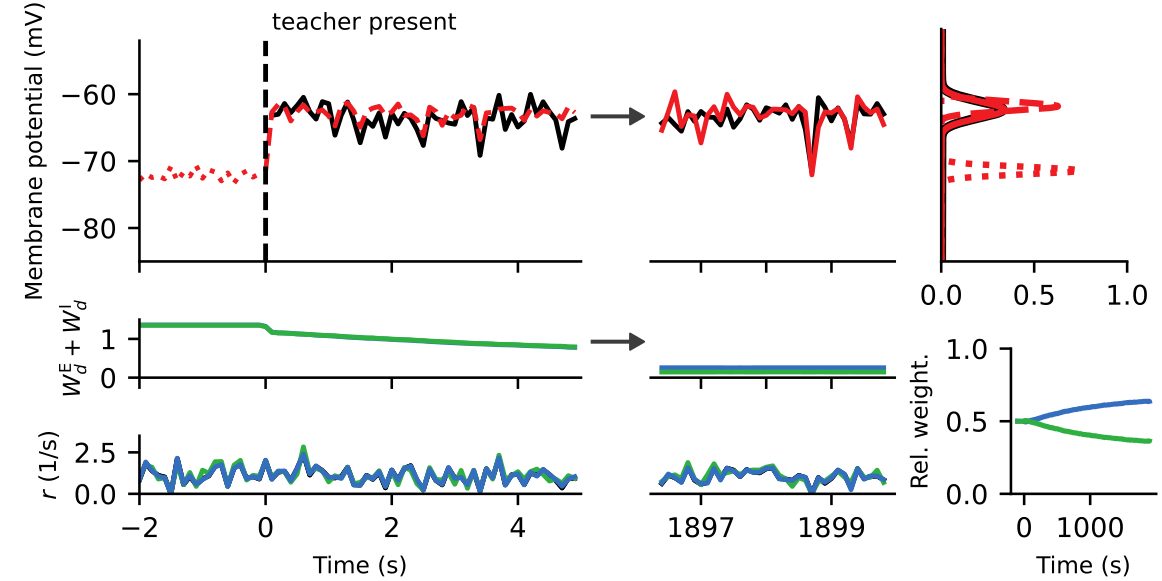
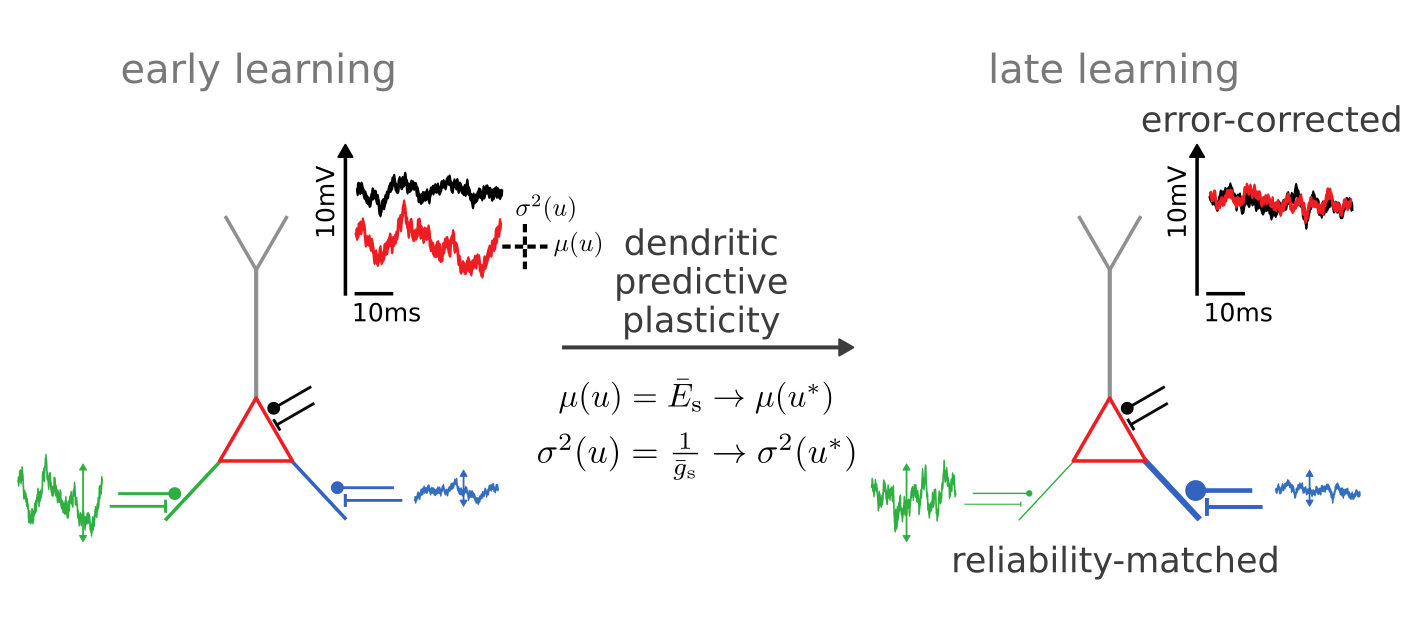
Learning Bayes-optimal inference of orientations from multimodal stimuli

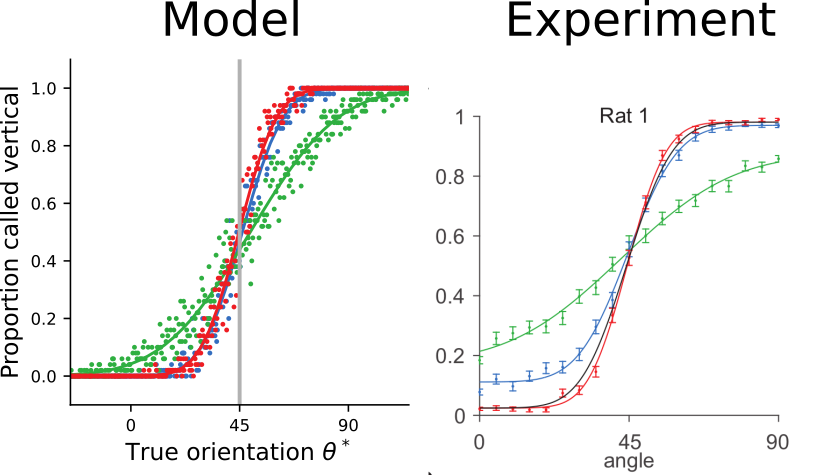
The trained model approximates ideal observers
and reproduces psychophysical signatures of experimental data
[Nikbakht et al., 2018]
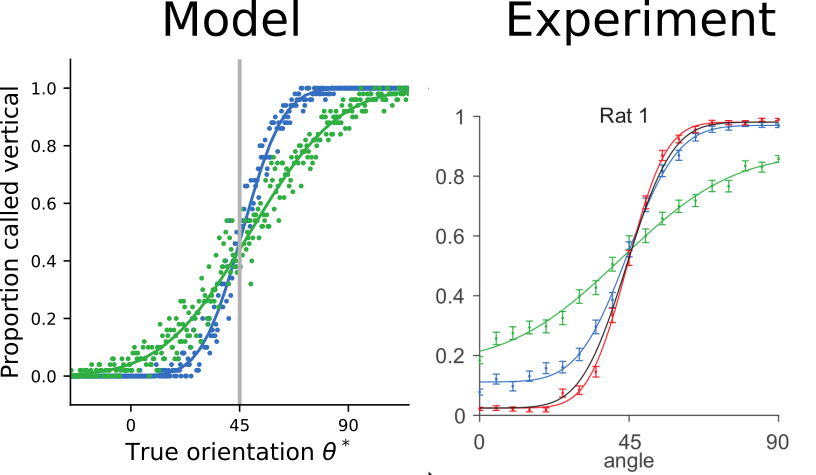
Cross-modal suppression as
reliability-weighted opinion pooling

The trained model exhibits cross-modal suppression:
- at low stimulus intensities, firing rate is larger bimodal condition
- at high stimulus intensities, firing rate is smaller in bimodal condition
- example prediction for experiments: strength of suppression depends on relative reliabilities of the two modalities
[Ohshiro et al., 2017]

Summary & Outlook
- Neuron models with conductance-based synapses naturally implement computations required for probabilistic cue integration
- Our plasticity rules matches the somatic potential distribution to a target distribution & weights pathways according to reliability
- A model trained in a multisensory cue integration tasks reproduces behavioral and neuronal experimental data
- The direct connection between normative and mechanistic descriptions allows for predictions on the systems as well as cellular level
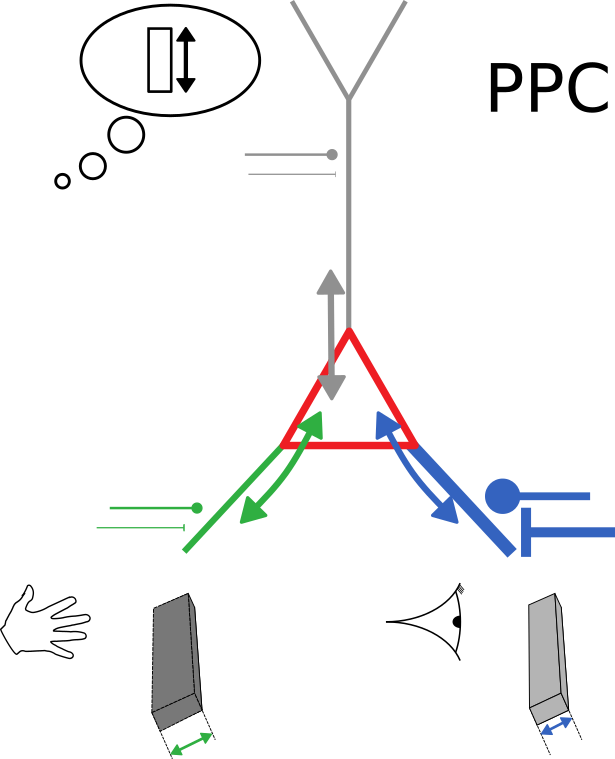
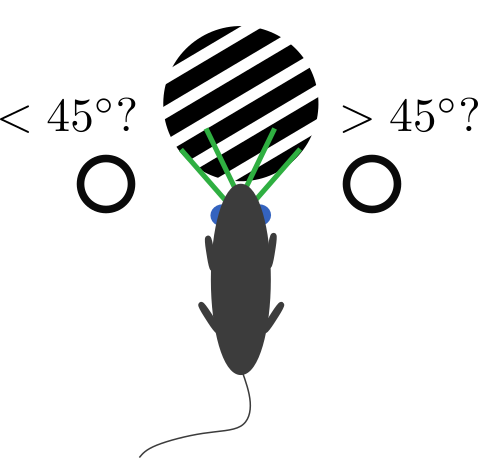
Summary & Outlook
- Neuron models with conductance-based synapses naturally implement computations required for probabilistic cue integration
- Our plasticity rules matches the somatic potential distribution to a target distribution & weights pathways according to reliability
- A model trained in a multisensory cue integration tasks reproduces behavioral and neuronal experimental data
- The direct connection between normative and mechanistic descriptions allows for predictions on the systems as well as cellular level
- Next: work out (new) detailed pre-/"post"dictions for specific experimental setups
- Analog neuromorphic systems present a fitting substrate: non-linear differential eq. tricky to integrate


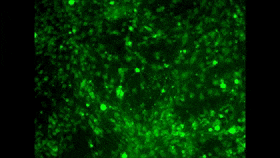

[blog-thebrain.org]
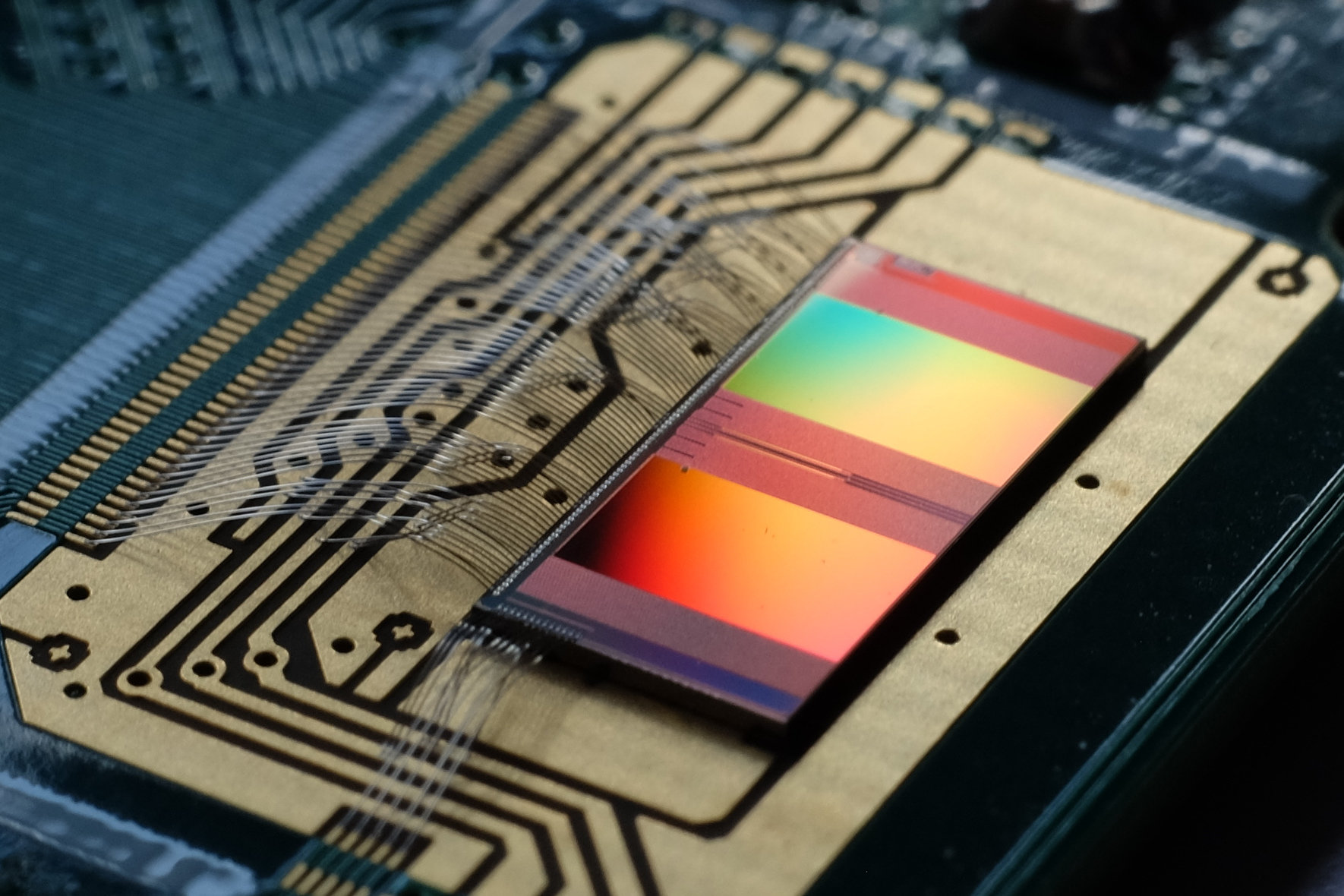
[Billaudelle et al., 2020]
NICE 2021
By jakobj
NICE 2021
- 305



